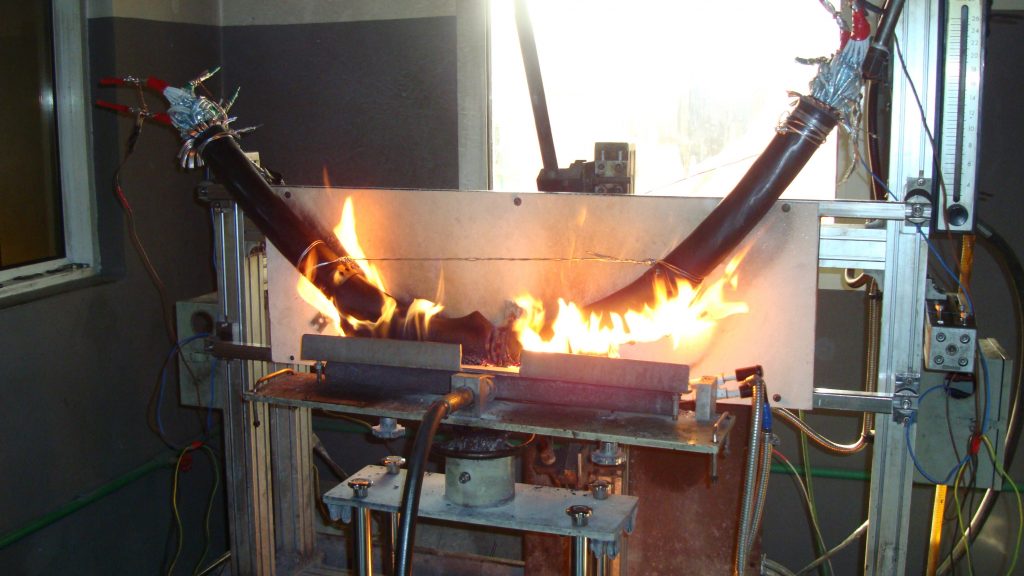UAE-based cable manufacturer Ducab has opened a new state-of-the-art laboratory specifically built for testing Ducab FlamBICC range of Fire Performance cables.
Ducab works closely with the construction industry to ensure cables and accessories are certified to meet strict International codes of practice thereby reducing the risk to life. The company has achieved independent UAE Civil Defence, HongKong Fire Authority and other International approvals with LPCB & BASEC Accreditation.
The new fire test facility at Ducab is equipped with the latest laboratory, operated by highly qualified and trained manpower and offers various fire and smoke tests in accordance with BS8519 Code of Practice.
IEEE 1202 is specifically used for testing Ducab NuBICC range of nuclear grade cables making it the only facility to conduct this test in the region.
The BS EN 50399 test is a new requirement to meet CPR (Construction Product Regulation) for assessment of the reaction to fire performance of cable which will be mandatory across Europe by 1st July 2017.
Mohammed A. Al Mutawa, Ducabs Chief Commercial Officer, said: Ducab commits to meet and adhere to all new certification standards as laid down by the UAE and international authorities, and we are confident of meeting the new standards in the UAE as well.
As a respected UAE national company, we believe that we have a responsibility to elevate the overall cable standards in the industry and reduce instances of loss to property and life due to non-certified and fake cables with their black smoke and acid halogen emissions in a fire.
Our state-of-the-art laboratory will test all Ducab FlamBICC series cables, ensuring that all material used will behave predictably in the unfortunate instance of a fire. It is imperative to gain as much time for a safe evacuation as possible in the event of a real fire scenario.
Ducabs FlamBICC range comprises of special Fire Performance and fire-resistant cables that can be used across various applications such as in schools, shopping malls, mass transit systems, special equipment in hospitals, and in essential safety circuits such as fire detection, fire alarms, and voice alarms.
The cables are especially installed for power supply to equipment used in fire-fighting, elevators, sprinkler pumps and in large complex buildings, where fire strategy involves evacuation of occupants in a phased manner.

